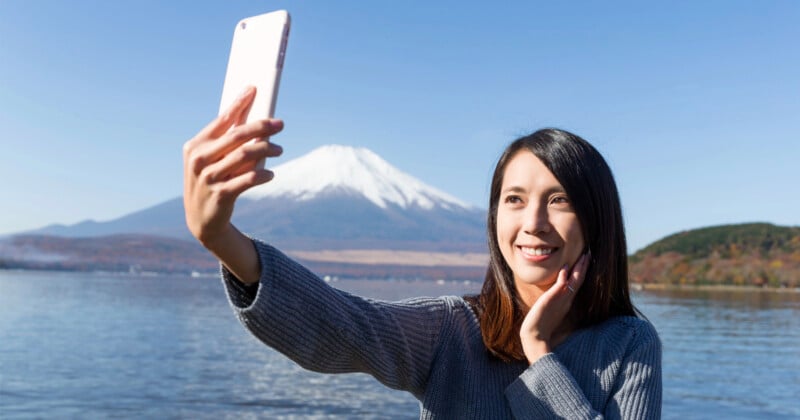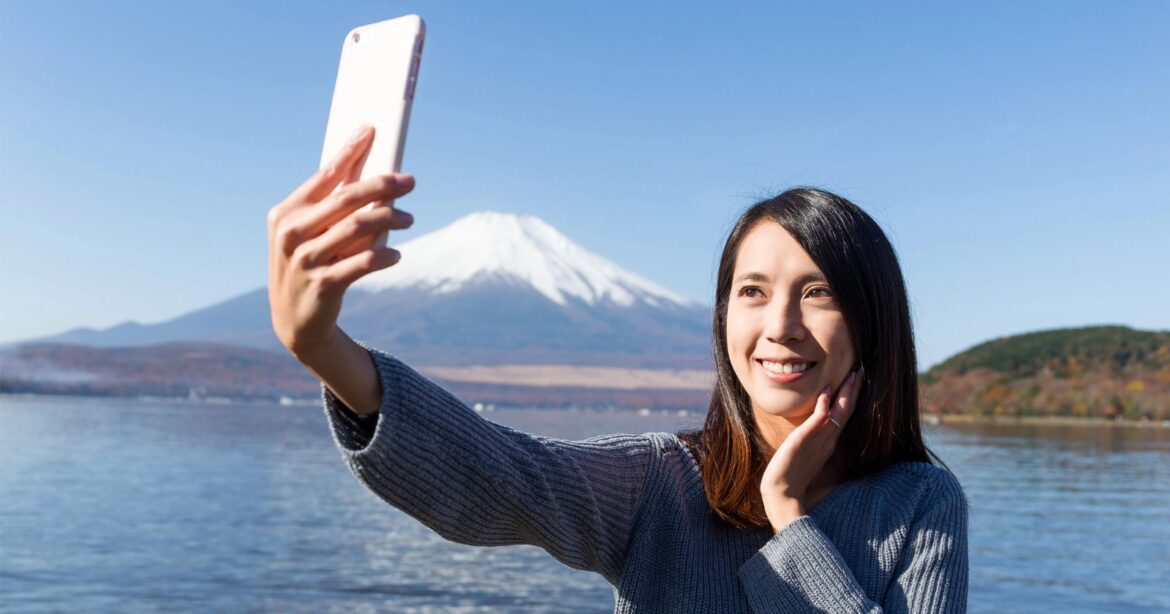
Foreign tourists seeking photographs have reportedly caused traffic accidents to double around Mount Fuji in the last year.
Traffic accidents involving rental cars driven by foreign tourists are sharply increasing in parts of Yamanashi prefecture, near the base of Mount Fuji, according to multiple reports in Asia.
In 2024, there were around 800 of these accidents — nearly twice as many as the year before.
Many of the accidents are linked to visitors seeking photo spots of Mount Fuji in residential neighborhoods and other areas not set up for tourism. As a result, they are often driving through tight, unfamiliar roads, which greatly increases the risk of collisions.
In early July, streets in the village of Oshino in Yamanashi were crowded with vehicles carrying license plates marked with the hiragana character “wa,” which identifies them as rental cars.
Close to Oshino is the Oshino Hakkai, a group of eight small ponds fed by natural springs. The area is part of a UNESCO World Heritage site because of its link to Mount Fuji, and from there visitors can get a clear view of the mountain.
The number “eight” is seen as lucky in East Asia because of the shape of the kanji character, which has helped make the ponds widely known overseas and becoming a frequent destination for taking photographs.
Back in 2024, Japanese authorities installed a huge barrier to block views of Mount Fuji at a popular photo spot to combat the rise of unruly foreign tourists. The photo spot is right in front of a Lawson convenience store with Mount Fuji rising dramatically behind it.
But despite the town of Fujikawaguchiko spending 1.3 million yen ($8,275) on the 66-foot-long screen, tourists began been poking camera lens-sized holes in a black screen erected to obstruct the view. The holes appeared despite a security guard being there from 10:00 to 16:00 — with tourists clearly vandalizing the barrier when nobody was around.
The city of Kyoto in Japan has also tried to enforce measures to stop tourists taking photos of Geishas. Geisha, who are women who perform Japanese traditional arts in traditional kimonos and make-up, mostly work and reside in the picturesque Gion neighborhood of Kyoto.
In recent years, there have been increasing reports of tourists and street photographers — who have earned the name “geisha paparazzi” — chasing down geishas with cameras and smartphones, entering private property without permission, and pulling on their kimonos and hair ornaments (kanzashi) to get a photo.
There are signs in three languages that explain that geisha photography is not allowed without a permit, and that violators could be charged up to ¥10,000 ($67). However, the fine has been deemed unenforceable by authorities.
Image credits: Header photo licensed via Depositphotos.


AloJapan.com